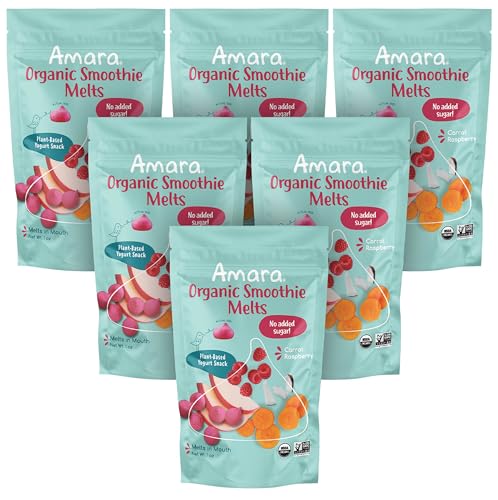LPH_NY
Well-known member
This thread has been awesome. I've been pondering the guinea pig as livestock for a while, but I am at a loss as to how I would go about finding the *right* pigs. Seems like all I ever see advertised are the small ones they sell as pets... and people want $50 for a single GP (and usually they are over a year old.) Where do you find the larger ones? I bet the dressout variance has a lot to do with the different sized stock. I'd love to give it a try, but not for $50 for a single animal. The free ranging option is super appealing to me right now.
This was my first full year in rabbits. I am addicted, but I have to keep my breeders down to a trio. I had 35 rabbits on my property at one point this year and all those individual cages were just taking SO LONG to service twice a day. I would LOVE to do a colony for the bunnies, but it just isn't feasible on this property unless we suddenly fall into a lot of cash and can put down a concrete pad for a colony and winterproof shelter. I can keep a trio of buns in the chicken coop ... but once the growouts have to be separated, that's when I have to start moving them out.
How do GPs do when they have to freerange with chickens and ducks? Are there health issues that make that a bad idea? Will they naturally stay away from roads?
This was my first full year in rabbits. I am addicted, but I have to keep my breeders down to a trio. I had 35 rabbits on my property at one point this year and all those individual cages were just taking SO LONG to service twice a day. I would LOVE to do a colony for the bunnies, but it just isn't feasible on this property unless we suddenly fall into a lot of cash and can put down a concrete pad for a colony and winterproof shelter. I can keep a trio of buns in the chicken coop ... but once the growouts have to be separated, that's when I have to start moving them out.
How do GPs do when they have to freerange with chickens and ducks? Are there health issues that make that a bad idea? Will they naturally stay away from roads?




















































